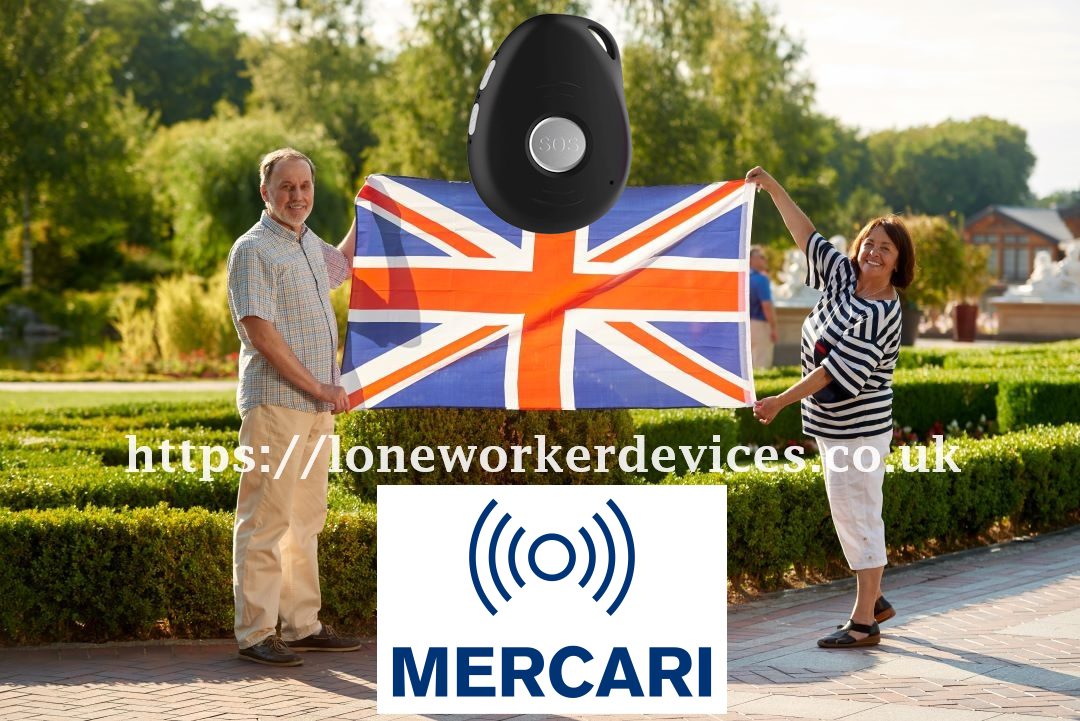Fall detection is a feature offered by medical alert devices that detects falls and automatically calls for help. https://loneworkerdevices.co.uk/fall-detection/ This type of device can benefit aging adults who may live alone or those who take medications that increase the risk of falling.
These types of devices are especially useful for people at risk of falling, including those who suffer from balance and coordination issues, Parkinson’s disease or other health conditions.
Peace of mind
Having a device that detects falls and notifies emergency services can provide peace of mind for both seniors who use them and their loved ones. This can be particularly important for those who live alone or who may be prone to falling, such as individuals who have a history of fainting episodes.
Fall detection technology isn’t perfect, so it can occasionally trigger false alarms. This is because rapid movements such as climbing stairs or sitting up from a chair can sometimes be misinterpreted as a fall by the device’s sensors. These situations can cause the device to send an alert to a monitoring centre or family members, who will then call you to check on your wellbeing. If you are able to speak, let them know it was a false alarm and that you haven’t fallen.
There are a variety of different ways that fall detection can be implemented into devices such as smartwatches and smartphones. These can include accelerometers, cameras or pressure sensors to measure the severity of a fall. More advanced systems employ machine learning to distinguish between events such as falls and other activities of daily living, which can have similar patterns to them (e.g. descending stairs or changing from standing to sitting). These techniques are more reliable than thresholding approaches, but they can still be inaccurate at times.
No need to press a button
While many people associate fall detection with older adults, anyone can benefit from the technology. Those with mobility issues, unsteadiness on their feet or a medical condition like seizures may want to consider it. And even those who don’t have a medical condition but take medication that can make them dizzy, could also benefit from this technology.
https://loneworkerdevices.co.uk/gps-location-finding/ Whether worn as a pendant or bracelet, a medical alert device with fall detection will have sensors that can tell when you’ve fallen without the need for you to press any buttons. The sensors can detect movements and vibrations from your head to toe, and some systems use changes in barometric pressure to improve accuracy.
The sensors are more accurate if the device is worn close to your body, such as on a necklace rather than a bracelet. However, it’s important to note that the sensor won’t necessarily detect all falls, as it can sometimes mistake fast movements—like descending stairs quickly or sitting up too quickly—as falls.
If you’re considering a device with fall detection, we recommend learning how to cancel false alarms. Typically, you’ll need to press another button or speak to a representative in order to cancel a call that’s been sent out.
No need to worry about getting help if you’re unconscious or unable to speak
Fall detection technology can be a lifesaver for seniors who live alone or who don’t have people checking on them regularly. The device uses sensors to detect falls and alerts a 24/7 monitoring center so help can be sent immediately. While these devices aren’t 100% accurate, they’re a good choice for those who are worried about falling and want to be sure that someone will notice if they do.
Most medical alert systems that offer fall detection include a help button, so even if the sensor isn’t triggered by a fall you can still get help if you press the button. Some providers, such as Alert1, include fall detection in the price of their at-home system and on-the-go system while others sell it separately.
While the technology is new and there are challenges to its use, it’s growing rapidly. Some companies are integrating it into smartphones and using machine learning to improve the accuracy of their systems.
img width="316" src=" ">
">
When comparing fall detection devices, make sure to consider the types of movements that can trigger it and that your loved ones understand how it works. Some movements are more likely to trigger it, such as a sudden or hard fall. Gradual movement, such as sliding out of a chair, is less likely to trigger it. https://loneworkerdevices.co.uk/geofence-2/ Also, make sure to test your device with a fake fall.
24/7 monitored personal alarm
When an accelerometer senses the motion and hard impact associated with a fall, it signals a device’s monitoring center that you need help. The center contacts a nominated emergency contact (usually a family member) and 911, if applicable. In addition, most devices have the option to communicate with emergency services using Wi-Fi or cellular signals, and some even include GPS coordinates, which can help rescuers find your location more quickly.
Some wearable devices also allow you to manually contact a monitoring center, loved one or emergency responder through two-way communication. This can be useful if the device detects a fall but you didn’t press the alarm button or it mistakenly registers something else as a fall. Many devices also have the option to cancel a false alert, usually by pressing a button or covering the face of the device.
Of course, no fall detection system is perfect, and it’s important to know that a medical alert device with Fall Detection won’t prevent all falls. You should still wear a personal alarm with a push button, and you should always be careful in the bathroom or around stairs.
![[PukiWiki] [PukiWiki]](image/pukiwiki.png)
